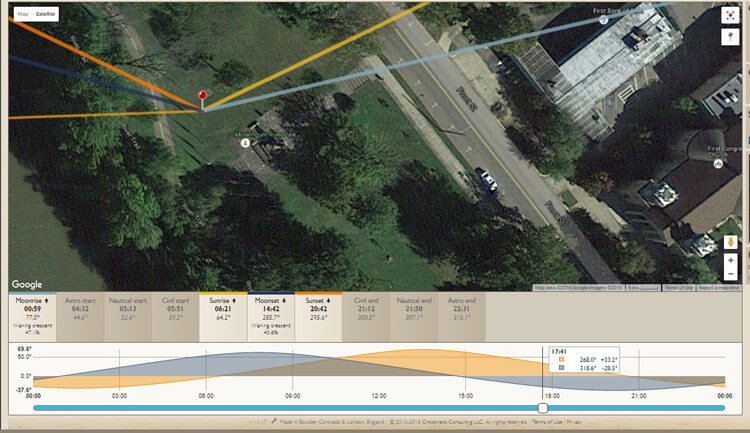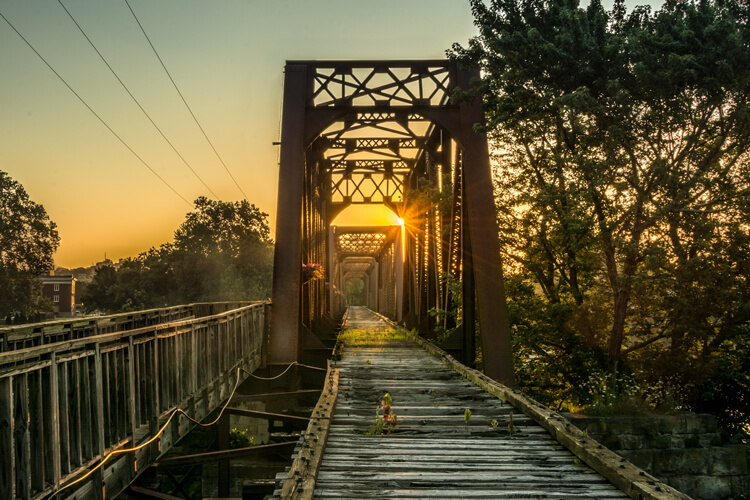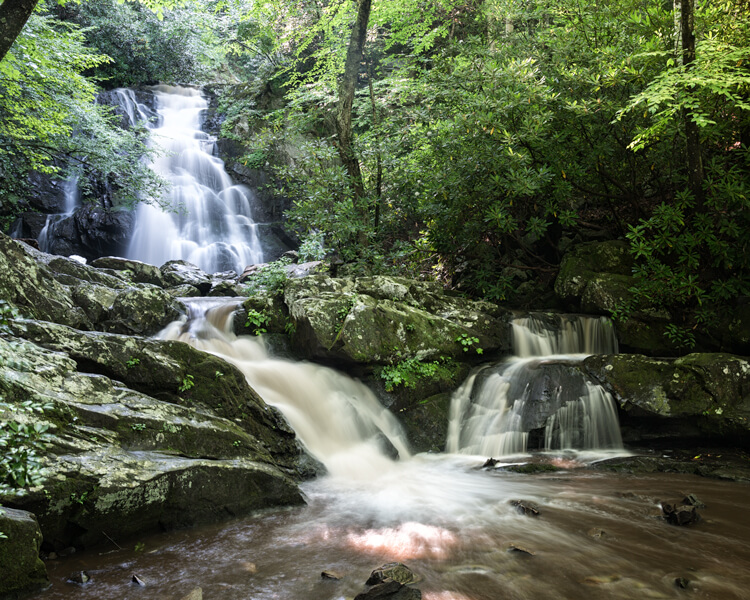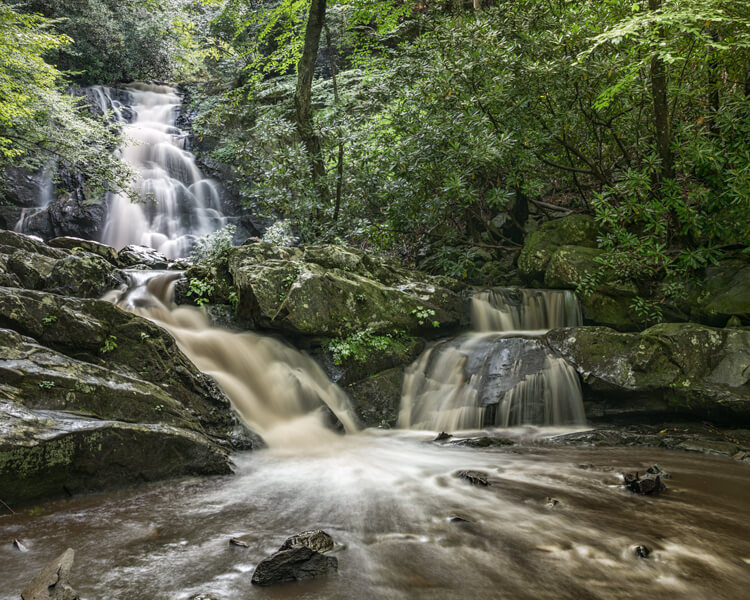There is saying, in the photography world, that an image can be taken in a hundred different ways. This is especially true, as you have probably already noticed when capturing portraits.
Portrait photography is probably the most popular genre, within the realm of the diverse world that is the art of photography. People take portraits so frequently, snapping selfies or photos of their loved ones, with mobile phones or cameras. In any case, this is pretty much what portrait photography is all about, capturing people’s faces.
However, as photographers, you will always be striving for higher excellence, whatever the style of your photography. It’s a natural cause, this is one of the reasons why photography is artistry. The drive for capturing better images, in the field of portrait photography, will eventually lead you to a higher dimension where you won’t be satisfied with just capturing a face, but rather the soul of your subject.

Lonely young and beautiful woman seating in a bar, next to a piano and a bottle of champagne, of 1920s time period. The woman is dressed in 1920s black evening dress and Gatsby-style diadem on her hair, there is a large old rusted window in the background where blue evening light invades the scene.
This dimension in photography is where creativity lay hidden. It waits to be unleashed by forces such as knowledge and the inspiration gathered along the way, as you were growing as a photographer. So let’s embark on a quest which will help you harvest the power of creativity in photographing portraits and escape the ordinary.
In the list below, you’ll learn the main ingredients that will help you harvest this creative force and take you to another level with your portrait photography.
Equipment
Know the equipment you work with well. This is the baseline from where you need to start. Technical knowledge may not seem connected to art at first, but let’s examine the image below.

Self-portrait with creative lighting involving a continuous light and a studio strobe.
This image was captured with a single exposure and there weren’t any alterations applied to it in Photoshop. A second curtain flash technique with slow shutter speed created the effect here. Camera White Balance was set to tungsten and the key light colored with CTO – to balance the colors with gels.

Surely you have noticed how technical knowledge and art correlate. Be it your camera settings, lens, or strobe lights, the more you know about your equipment the more options you’ll end up having to explore in bringing your artwork to realization.
Selecting the right faces, exploring your model’s hidden potential
Most photographers create their best work by working on personal projects. When working on a personal project, you’ll have the full control to choose the model sitting in front of your camera – you are the Art Director.
There are faces full of potential, although they are not faces of professional models (it could be people you see in the public transport or the streets), revealing great characters and features. You need to be able to see this potential and invite such people for a portrait photo session.
Keep in mind that although a person looks great, he or she may not feel comfortable sitting and posing for you at first. This will obviously affect the overall quality and purpose of the photo session.
Remember, as a photographer, it’s your job to bring a good vibe and mood to the set, in order to help your model relax and being able to explore his/her best features.

Low key portrait of a black man wearing glasses and a black leather jacket, having his hands and fingers very close to his face.
In the first image above, is a man who booked a personal creative portrait session. It took four hours of working with him in order to reach a point where he was finally in the right part of his own creative universe, feeling free and exploring himself. He had never had such an experience before and was feeling quite nervous and shy at first.
The second image below is a good representation of working with a great character.

Portrait capturing a model dressed in WWII pilot outfit holding Cuban cigar in his mouth. The creative look of this portrait has been achieved by the use of multiple strobe lights.
Lighting
Light is the very reason why photography exists. Think about light, study light – how it spreads, how it bounces, how it is reflected, its specularity, etc. There is so much to light. Light is what will be rendering the reality in front of you, by reflecting and bouncing back into your camera lens.
Light has a quality which is defined by the source, intensity, size, and color temperature of the light. The best part is that you have full access to controlling any of this. Main sources of light for photographers are:
- Ambient light
- Strobe light
- Continuous light
But as you move on to the next topic, you’ll see that there is much more to light than just being available in some form.

Photographic studio setup for a portrait session, the image features Bowens strobes, a white backdrop and light modifiers.
In the image, above, can be seeing a studio strobe lighting setup for a portrait session. Some characters may require really complex lighting in order to capture their personalities. Others just require one or two light sources – it will be up to you as an artist to determine this.

Low key portrait of a man with a ginger beard and leather jacket, the scene features dramatic and creative strobe lighting.
The portrait above was photographed with only two strobe lights – portraying very well how the most appropriate lighting was selected to illuminate and capture the mood and personality of the person. While for the image below involved the use of six strobe lights.

Portrait of young woman on blue background wearing a purple dress – with a creative, multiple lighting setup and approach.
Shaping the light, light modifiers
All artists use different sort of tools that help them shape the fabric of their own inspirations and bring creative ideas to life. It is the same for us photographers too.
First, there’s the light, ambient or strobe, which is the raw material you work with. But this material needs to be softened or shaped, helping you in the process of reaching deeper dimensions of your subject’s features and character.
Light shaping tools will help you define your own creative realm – the realms of Game of Shadows, Game of Highlights and Game of Midtones, where you are the master controlling and balancing what sort of reality your light will render.

Tattooed rockabilly, demon, barber holding razor blade in his dark and demonic barber shop with pinup model as his evil assistant on the background next to a bottle of Jack Daniels.
For the creation of the image above, several light shaping tools were used and some of them were even further modified in order to produce the quality of light needed in this particular situation (the image was shot at 10 am in the morning but the idea was for dark – Sweeney Todd concept)
Studio, location, and features
Another very important ingredient to the process of building unique and creative portrait images is exploring what is around you. What is available or what you can build, light and create on location or in the studio?
Although portrait images are characterized by very tightly cropped frames, around the subject’s face – attention needs to be given even to the smallest details. Such details will greatly contribute to the overall contrast within the scene you are capturing.
An example of this is when you are shooting in a studio you can use a snoot, or another light modifier, and create a spot of light or perhaps colorize your background, by placing color gels. Do not limit yourself to only thinking of the face you intend to capture, but rather on the grand scene of everything that will be captured in your composition/frame.
Following the same flow of thoughts and principles – you can turn even a simple room into a professional studio like has been done on the image below – photographed in a bedroom.

An image featuring the founder of Vialucci media, Theo X photographed on a white background.
Things even get more challenging and interesting when shooting environmental, wide-angle portraits. A location can reveal so much about the personality of your subject and also contribute greatly to the level of creative quality in your images. All you need to do when you’re at a great location is help stylize the scene, frame well (appealing creative composition), bring the strobes in and work out the best of your models.
Props, makeup, and hair
This is a very challenging step that eventually one day you’ll take, but it is also very rewarding. By reaching the point of employing props, makeup, and a hair stylist – it will be solid evidence that a line was crossed with no option of turning back. This is the stage where you’ll be seeing beyond the ordinary qualities of your subject and looking to reach a deeper dimension – a state of creative vision.

A conceptual scene of a four-handed Queen seating on a throne receiving scripts from her Demon servant, and pointing at a Victorian style globe. The scene is lit by several light sources with different colors, rendering the whole scene in a very creative and original light.

Creative portrait composite representing WWII pilot in the cockpit of his aircraft engaged in an aerial battle, with the enemy aircraft in the background.
The images above illustrate very well, the level of creativity obtained by employing props, makeup and hair into the photoshoot.
Editing and retouching
Processing or editing images has always been an integral part of the whole creative process. Although having all the advantages and power of digital technology, you shouldn’t abandon the universal rules and laws of aesthetics.
Think of retouching and editing as a process that helps you enhance the high-quality photographs you already capture and bring your creative vision to final realization. This is achieved without overdoing and diminishing the quality of your photographs.
The two images below are good examples of a photograph captured with simple lighting setup and processed just enough to clear and strengthen the subject’s appearance.

Before processing.

After processing.
Conclusion
Capturing creative images involves innovative and creative thinking – seeing things differently, thinking differently. That is why you always need to be on your own small quest for creativity, not bound only by what was covered here or elsewhere.
Come up with your own new solutions – in the process of which you only will add and improve your portrait photography.
The post Tips for Planning and Capturing a Creative Portrait by Nikolay Mirchev appeared first on Digital Photography School.

Digital Photography School








































You must be logged in to post a comment.